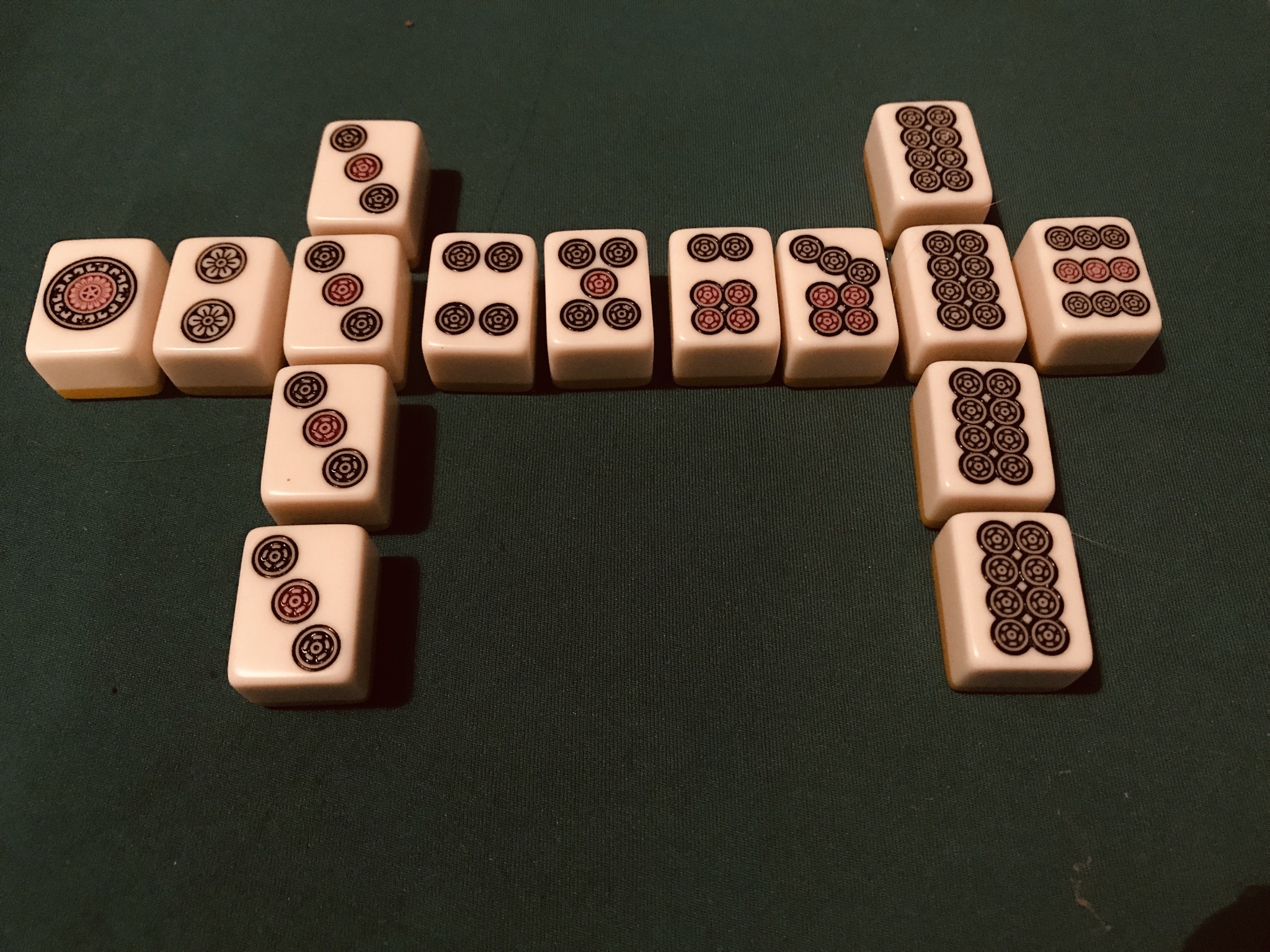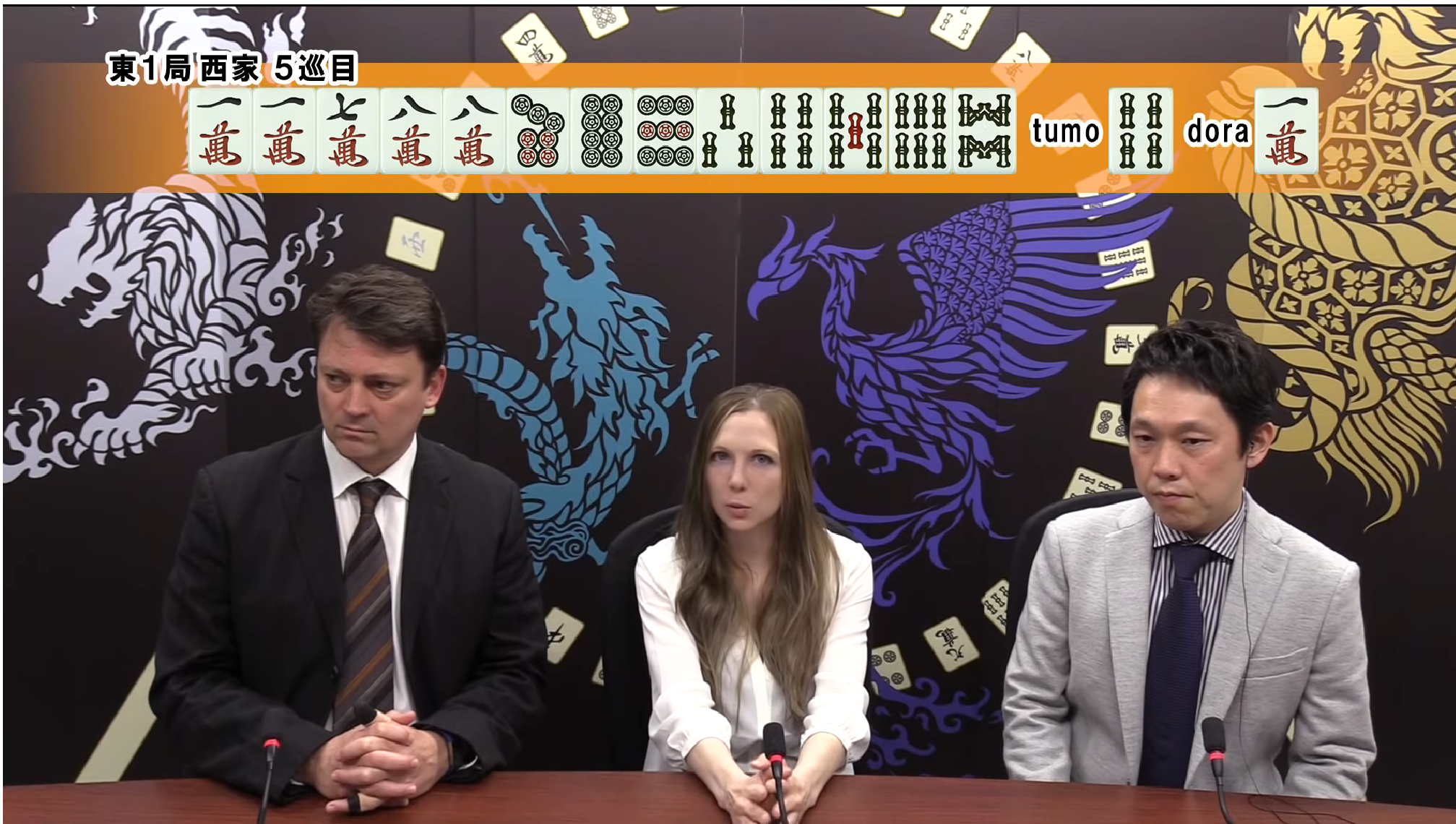More Kabe
As with everything in mahjong, the same theory can be applied with varying efficacy. Kabe suji is no different.
Did you learn your kabe suji from my previous post? The post focused on using them to defend against two-sided waits. HOWEVER, some kabe suji can be used to defend against inside waits and edge waits. But not all.
Consider this, if you see a kabe blockade along the (3) of a suji, the kabe suji are (1)(2).
The player couldn’t be waiting with a (3)(4) or (1)(3) because all the (3) tiles are gone. Effectively killing not only a two-side wait but also the inside wait.
A kabe blockade on the (2) means your opponent can’t have an outside wait.
This means if you have more than one option to play defensive, put more emphasis on kabe suji coming from (2), (3), (7), (9) kabe blockades.
Getting confused? What I suggest you do is get a set out and actually just work with the tiles and set the options out visually. It’ll help cement the theory in your mind.
Experiment with the sort of waiting shapes your opponent wouldn’t be able to use and remember this could be privileged information if the kabe blockade is formed from within your hand.
Those open pons could be revealing even more information than your opponents wanted to give or even realized they are giving!



